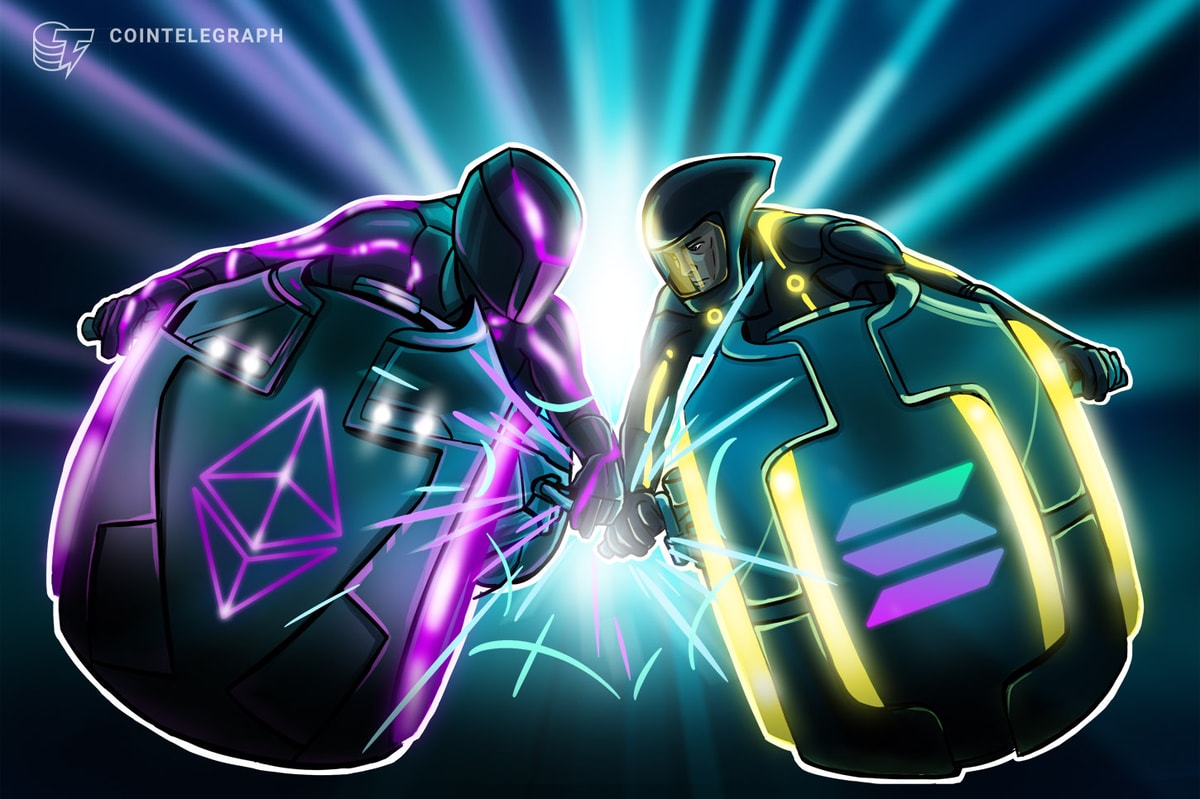Over 60% of the incremental volume in decentralized exchanges (DEXs) in May was recorded on the Solana blockchain, according to data compiled by venture capital firm Pantera Capital.
Behind this growth is a monolithic architecture, said Pantera in a June 18 report, calling the network the macOS of blockchains.
Solana’s share of DEX volume has risen from 0% in early 2021 to 24% by May 2024, thanks to an approach similar to Apple’s macOS architecture that integrates hardware and software for superior performance. According to Pantera, Solana’s architecture has enabled a surge in retail activity over the past few months:
“Solana’s monolithic architecture has a product roadmap focused on optimizing every component of its own blockchain, similar to Apple’s approach with its vertically integrated hardware and software stack in macOS.”
Pantera is one of the investors in the Solana blockchain. Earlier this year, the venture capital firm raised money for a new fund aimed at purchasing up to $250 million worth of Solana’s SOL (SOL) tokens from the FTX bankruptcy at a steep discount.
The network’s unique active addresses rose from 14,000 in October 2020 to nearly 1.3 million by May 2024. As a result, priority fees on Solana have exploded, growing from less than $100,000 per month in mid-2023 to more than $60 million in March 2024, notes the report.

Solana’s architecture has also made it a popular choice for developers behind memecoins and decentralized infrastructure projects. Since January, the network has seen a growing volume of new tokens, outpacing other chains such as BNB Smart Chain, Ethereum and Polygon. The report notes:
“By May 2024, Solana accounted for 85% of all new tokens appearing on DEXs, up from 50% a year ago. This rise in Solana-based tokens reflects its strength in retail usage, driven by memecoin activity.”
Solana’s performance is also affecting its SOL token. According to CoinMarketCap, the price of SOL has risen over 723% in the past year, trading at $123 at the time of writing.
Are network outages a thing of the past?
Pantera’s report does not address the network’s challenges over the past years, such as Solana’s downtime amid technical challenges. The last outage, on Feb. 9, resulted in nearly five hours of downtime.
Solana’s Firedancer upgrade, slated for a full version in 2025 with “pared-down versions” rolling out before then, is expected to boost the network’s resilience. The upgrade, an independent validator client under development with Jump Crypto, is intended to increase Solana’s overall reliability and scalability as activity increases.
Magazine: ‘Bitcoin Layer 2s’ aren’t really L2s at all: Here’s why that matters











